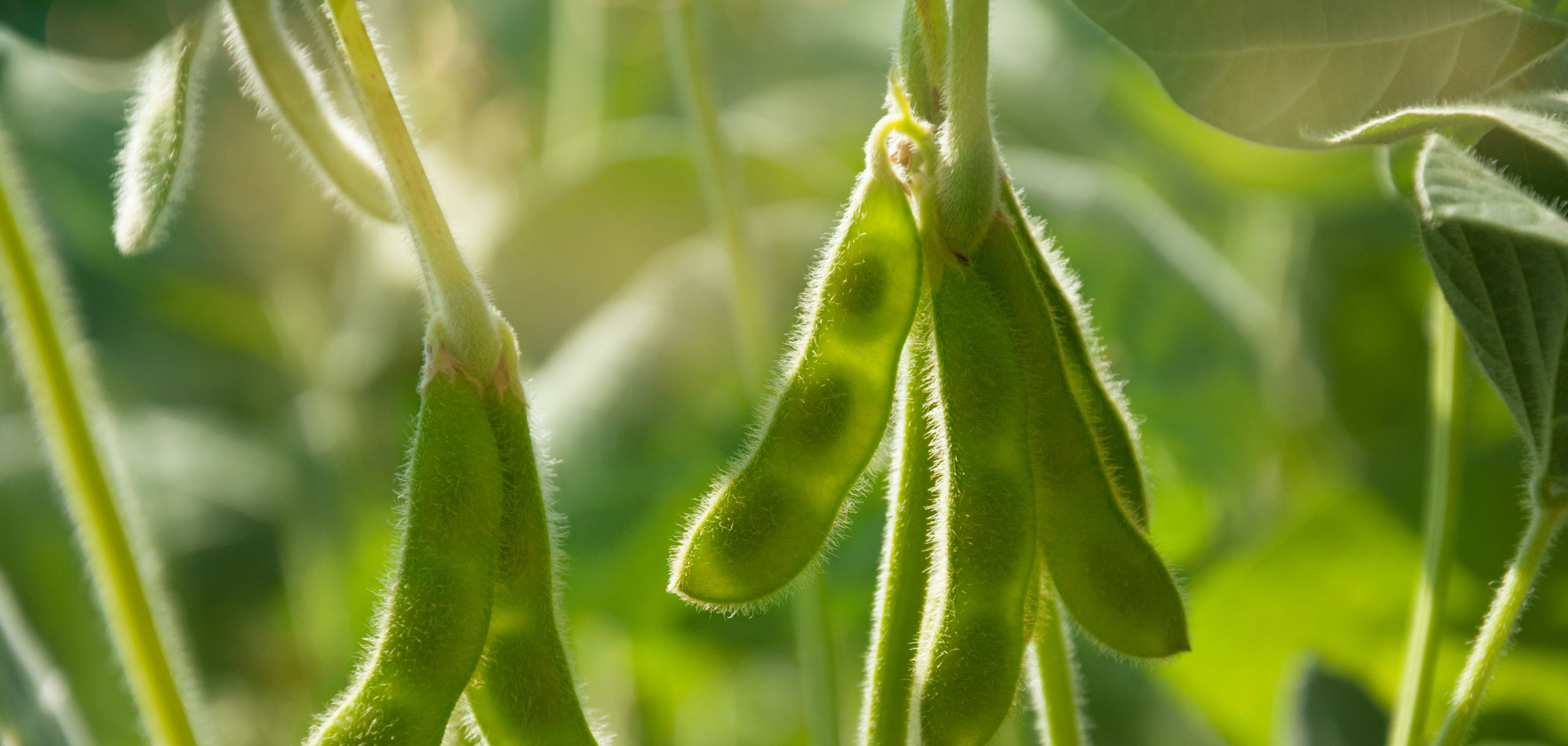
Cage Production of Japanese Sea Bass Weaned From Trash Fish to Extruded Feed at Sub-Market Size
Category: Aquaculture
Region: Northeast Asia
DownloadWeaning of 74-g Japanese sea bass (Lateolabrax japonicus) from trash fish to extruded feed, followed by growout to market size on extruded feed, was demonstrated in a cage feeding trial at Longmen Town, Qingzhou City, Guangxi Province, China. Sea bass that had only been fed with trash fish were stocked in three, 6.4-m3 cages at a density of 156 fish per m3 and weaned from trash fish to extruded feed over a period of one week. After weaning to extruded feed, the sea bass were fed to satiation twice daily with a 43/12 extruded, floating marine fish feed formulated by ASA. Dehulled soybean meal was used as a partial replacement for fishmeal in the 43/12 feed. Sea bass grew from 74 g to 505 g in 144 days on the ASA feed, with an average FCR of 1.31:1. Average fish carrying capacity at harvest was 72 kg/m3 of cage. The average fish survival rate was 91.1%. Net economic return and return on investment for the trial were RMB 714/m3 and 82.2%, respectively. Sea bass weaned from trash fish to extruded feed without difficulty and exhibited good production performance on the extruded feed following weaning. Feed conversion efficiency with the ASA 43/12 feed, which contained 35% dehulled soybean meal by weight, was significantly lower than that obtained with trash fish. Feed cost per kilogram of fish growth with the ASA extruded feed was RMB 6.29, which was substantially below the cost of producing sea bass with trash fish. Sea bass demonstrated a high degree of tolerance for low salinity water conditions that prevailed at the Longmen site throughout the duration of the feeding trial.